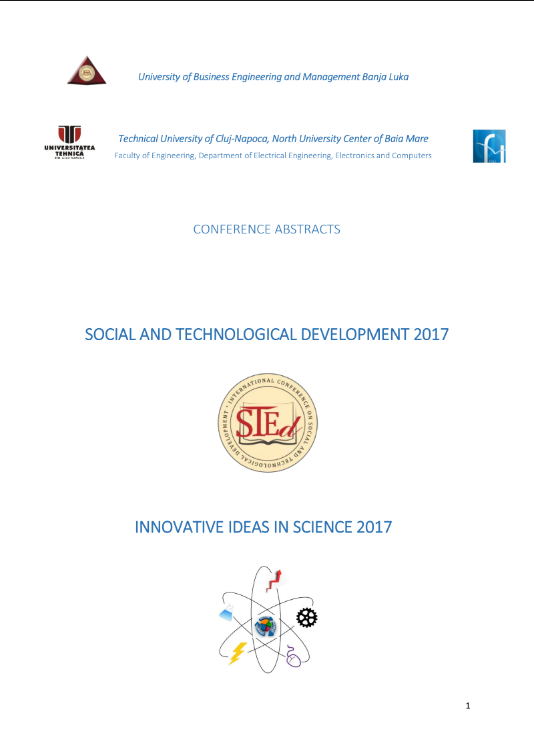
This is an open access article distributed under the Creative Commons Attribution License which permits unrestricted use, distribution, and reproduction in any medium, provided the original work is properly cited.
This study, using the theory of electric circuits, shows the right definition of scattering parameters (S-parameters) for any two-port electric circuit and the practical way to use these parameters in streamline the processes of information transmission and propagation, and the transfer of the active power from the electric quadrupole input (output) to their output (input). Starting from the correct definition of S-parameters, their calculation is performed automatically. Passive linear circuits in harmonic regime can be described by a certain number of equivalent circuit parameters, like transfer coefficients matrix (fundamental) T, impedances matrix Z, admittances matrix Y and S- parameters matrix S. In this study are presented the relations that permit the transition from a matrix to another one. To generate the reflection coefficients, input and output impedances, active power transmission efficiency from input to output (from output to input), signal transmission efficiency, S, T, Z and Y matrices, and Smith charts, there are developed specific routines in MATLAB and there have been used the current subroutines from MATLAB microwave toolbox. S-parameters variations by frequency have been presented graphically and on the Smith chart. The results obtained through simulation processes have been compared with the ones presented in the specialty literature and with the experiments results, calculated deviations being less than 5%.
The statements, opinions and data contained in the journal are solely those of the individual authors and contributors and not of the publisher and the editor(s). We stay neutral with regard to jurisdictional claims in published maps and institutional affiliations.